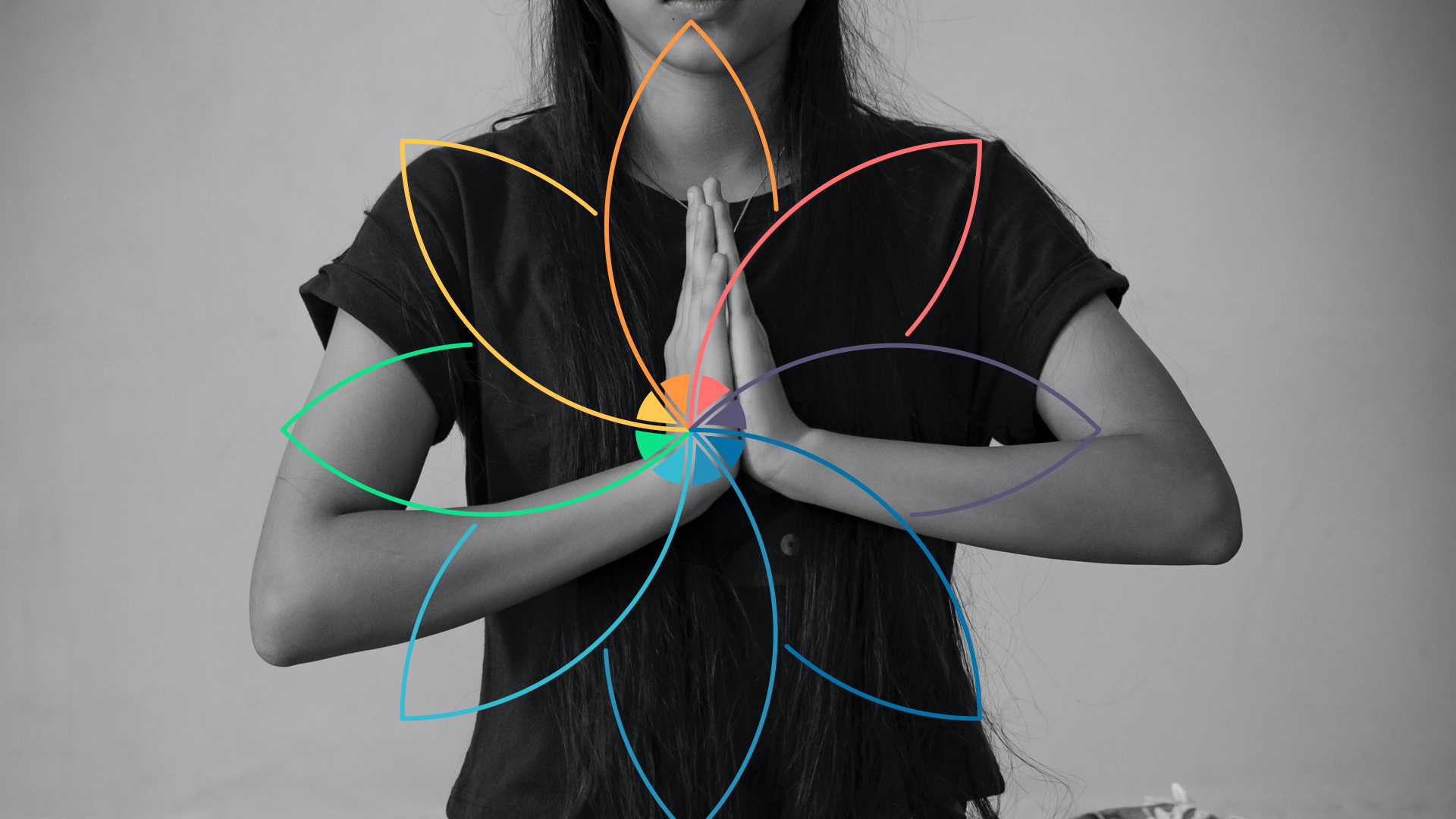Have you ever wondered about traditional aspects of Yoga or why it originated? Maybe you have heard an instructor during a class mention “taking your practice inward” or used words you have never heard of. A long time ago a man named Patanjali (an ancient Hindu author and philosopher of the Yoga Sutras) chose to share his knowledge and understanding of how one should live their life to attain liberation, where it has since been translated as The Eight Limbs of Yoga.
To this philosopher, Yoga is a process of control and unity of the body, breath, senses, and mind for the purpose of attaining enlightenment. Patanjali describes following this process as way of living your physical life as well as your spiritual, mental and emotional life. Did you know that yoga poses/postures were never supposed to be the focus of the traditional practice? Somehow when yoga was introduced to the western world, society chose to focus on the physical (Asanas) as a means to move the body, or get a workout etc.
Patanjalli explains that each of the eight components are to prepare you for a meditative state and the original (and only!) Asana was Sukhasana or Easy Seat Pose (a seated position that you can hold with ease). Surprised? I was absolutely surprised to learn this! So in this article, I will describe the Eight Limbs and do my best to explain them in a relatable way.
The First Limb, Yama focuses on a person’s sense of integrity, ethics, and behaviour. So basically, how one conducts themselves throughout their life. Patanjali broke the first limb down to the following five components.
- Ahimsa: non violence to other living beings or yourself; the principle to protect other living beings.
- Asteya: non stealing; non hoarding, mindlessly consuming natural resources, or claiming other people’s ideas.
- Satya: truthfulness; being honest with others as well as with yourself and refraining from judgement.
- Aparigraha: lack of greed and possessiveness, the ability to “let things go” physically or mentally.
- Brahmacharya: living in a state of higher awareness; a way of life that leads one to self-realization through the control of our senses such as speech, actions, body, and mind.
So how can we integrate the first limb into modern life? We are the choosers of our paths, how we conduct ourselves, and the words we choose to speak. For many, this translates into the food they consume and abstaining from eating meat. For some, they live their life with minimal possessions, and live with a view of non judgement in many aspects. We can choose not to dwell on the past, and be grateful for what we have instead of focusing on what we do not.
We can make life decisions based on if the actions we take or words we speak are harming to ourselves or others. This also can be related to the act of letting go of preconceived ideas or desires that don’t actually serve a purpose to impact your life in a positive way.
The second limb, Niyama is to emphasize on spiritual observance and self discipline. This limb is also broken down by Patanjali into five elements.
- Santosha: contentment
- Saucha: cleanliness of body, mind and environment; pure thoughts and intentions
- Tapas: austerity
- Isvarapranidhana: submitting to your spiritual foundation
- Svadhyaya: self study
The second limb can be integrated by meditation practices, attending church or temple, keeping your mind as well as your surrounding environment clean and clutter free. Practice gratitude, avoid complaining or competing with others. Take time for self reflection, learn about yourself and why you do the things you do. Explore how you can free yourself from negative thoughts, people, trauma and start to feel comfortable within your own skin.
The third limb, Asana originated to help Yogi’s maintain good physical shape in preparation the body to sit for long periods of time during meditation. The practice helps build discipline and concentration skills. Asana translates to “seat” and was said to be the only original posture in yoga; a comfortable seat taken for an extended period of meditation. Strengthening the body allows us to sit with ease, with alignment, without exerting too much energy or discomfort.
The fourth limb, Pranayama translates to “life extension”. Prana alone means “life force”, so it is believed if Pranayama or breath control is practiced regularly it will help rejuvenate our bodies and extend our lives. When we master the Prana, we also achieve mastery over the inner nature because Prana fuels and creates all movement – physical and mental.
The fifth limb, is Pratyahara. Pratya means to withdraw, draw in or draw back. Ahara translates to anything we take in such as sights, sounds, and smells with our senses. The practice of Pratyahara changes our state of mind so that we can hone in and be more present so that the things going on around shave little to no effect or real bothersome. This allows us to more easily meditate without becoming easily distracted.
The sixth limb, Dharana means focused concentration. Dha means holding or maintaining and Ana means other or something else. This ties in with the previous limb where we withdraw the senses in order to focus and concentrate intently. Visualization and focusing on breath is a practice of Dharana.
The seventh limb, Dhyana is meditative absorption. This is when we become completely absorbed in the focus of our meditation. So in preparation we learn different techniques and tools for meditation to settle and concentrate into the practice. But the actual practice of meditation is not something we can actively “do”, rather Dhyana is the spontaneous action of something that happens as a result of everything else.
The eighth and final limb is Samadhi, meaning bliss or enlightenment. This is the final stage of one’s journey where we alter our relationship with the outside world as well as within ourselves. This is when we reach true peace, not only feeling bliss but becoming bliss.




